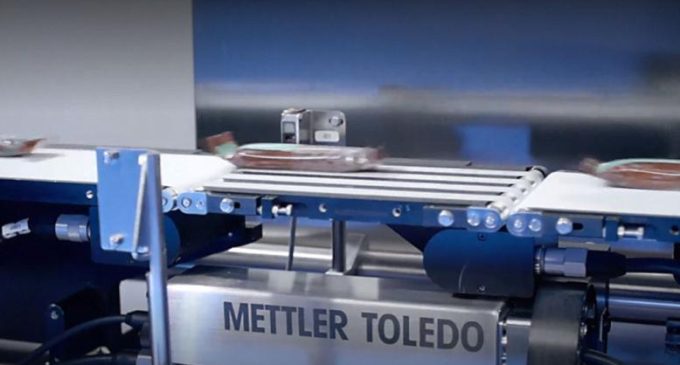Reducing Manufacturing Waste for Cost Efficiency

By Kati Hope, Global Account Manager, Mettler-Toledo Product Inspection
This article looks at how food manufacturers can enhance the optimisation of raw material resources and reap the rewards of heightened productivity through the strategic implementation of product inspection technology.
In today’s food manufacturing hustle, being smart about resources is like scoring a win-win jackpot. Think about it – being considerate to the planet, others and, of course, our precious resources are crucial to longevity and success. In particular for food manufacturers, this eco-conscious approach is not just a feel-good vibe; it’s the secret sauce for keeping those costs in check.
Smart product inspection technology – such as metal detectors, x-ray inspection systems and checkweighers – all can help manufacturers keep a tight grip on their materials. Less waste, more control over resources, and a smoother-running business – sounds like a recipe for success, right?
In food manufacturing, checkweighing systems can reduce product giveaway through better control of fill levels and accurate weighing capabilities. In fact, they are like the maestros of avoiding product giveaway blunders. Even a tiny overfill can snowball into a mountain of wasted goodies after a mega production run.
Then there’s x-ray inspection, which checks if products are complete, as well as measuring mass. This technology is like having an extra set of bionic eyes that can spot incorrect fill levels, saving the day and avoiding unnecessary waste. What’s even better – manufacturers don’t need a whole arsenal of machines; they can blend these technologies into a single combo system. Efficiency level: expert.
As well as optimising the yield gained from the materials purchased, these systems can also both measure and adjust automatically, with, for example, control data being fed back to the filling machines so that incorrect measures are quickly corrected, without any human intervention. The benefits are a productivity boost with a side of compliance, and no room for slip-ups.
Decreasing Giveaway
Sophisticated product inspection can also help avoid unnecessary waste while boosting productivity by reducing false rejects. This is where non-contaminated products are incorrectly flagged as being contaminated and, therefore, rejected from the production line. Whatever the reasons for a false reject being triggered, and there are numerous potential factors around the set-up of the inspection equipment, the characteristics of the product and the factory environment, there is clearly potential to reduce unnecessary waste.
Quite simply, by reducing good product giveaway, raw material costs can be protected. Additionally, with less time needed to investigate incorrect rejects and possible reworking of products, manufacturers can enjoy a boost to their productivity. Advanced metal detection systems equipped with Multi-Simultaneous Frequency (MSF) technology and smart algorithms enable greater sensitivity and optimised detection capabilities. Dual energy x-ray systems can also discern more accurately between product and contaminant, helping to improve quality and reduce false reject rates.
Reducing Unnecessary Waste
Unnecessary waste can be incurred by food manufacturers in other ways – ways that can be easily avoided by a commitment to best practice in product inspection. Manufacturers should check that inspection equipment is well-maintained and therefore operating at its highest level. The danger here is that poorly maintained machines fail to detect contaminants that are picked up later in the process, possibly after further value has been added to the product. Such a scenario compounds the wastefulness of the initial failure. But with the right technology in place, this wastefulness can be easily avoided through a proactive approach to servicing, maintenance and performance testing, including automatic testing capabilities that some advanced product inspection systems have.
Productivity can also be improved, and waste reduced, by replacing manual sample checks with automated inspection of 100% of products. Combination checkweighing and vision inspection systems can monitor fill levels for accurate portion sizes, at the same time as inspecting for label and pack integrity and overall product quality, whilst x-ray systems can perform multiple quality checks in parallel.
This objective of eliminating the practice of time-consuming manual sample checks has been the driver for Bell Food Group, a European processor of meat and convenience products. The company installed an x-ray inspection system (a Mettler-Toledo X39) to scan its burger patties for foreign invaders and visual glitches. The Result? Saved time, fewer rejected patties and the ability to pinpoint and reject only the bad apples as it were, instead of tossing out the whole batch. Talk about a win for the manufacturer and the planet.
By being considerate to its resources and adopting best practices, processes and technologies, Bell Food Group has clearly improved its productivity and efficiency, gained greater control over its plant and improved its quality and safety output. Some careful consideration really can go a very long way to avoiding unnecessary waste and boosting productivity.
For other initiatives that can help combat manufacturing costs, click www.mt.com/pi-combatcosts-pr


































